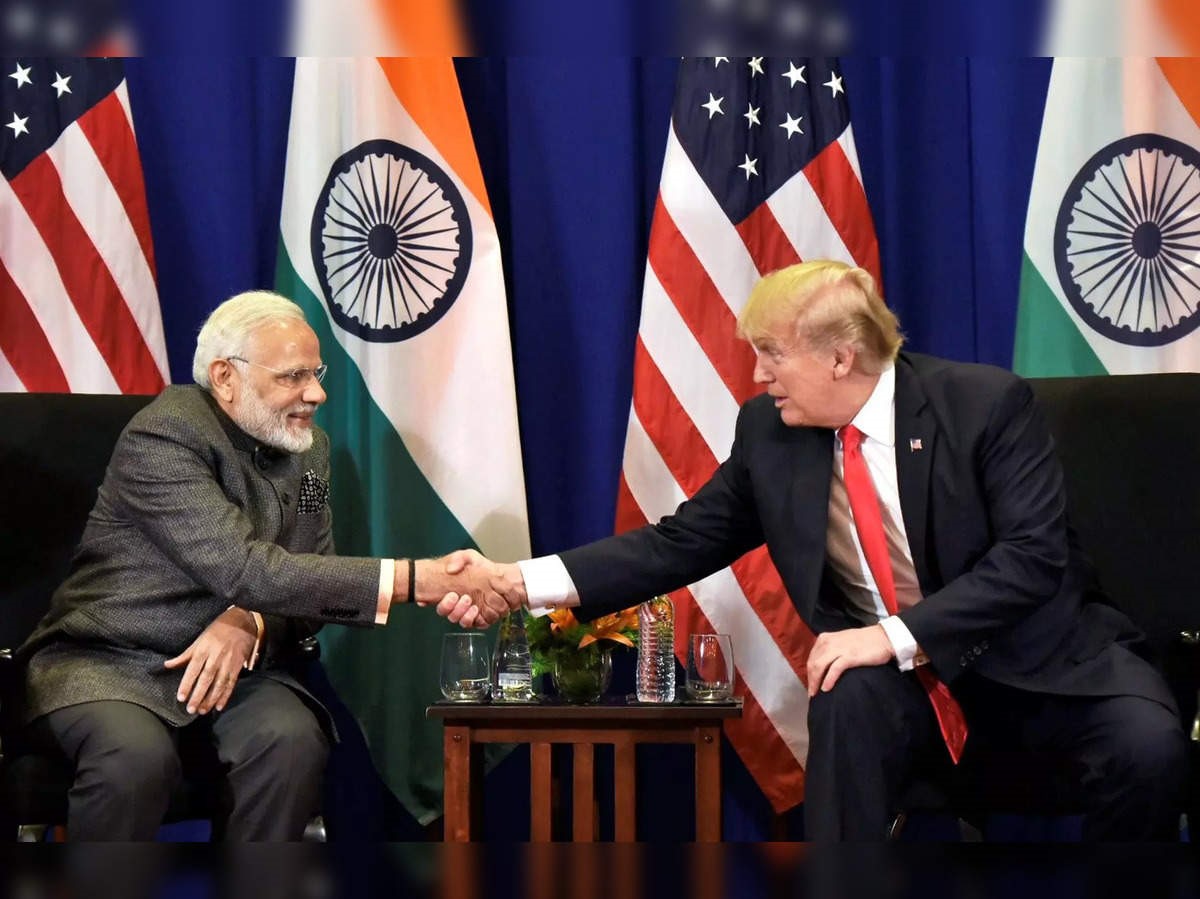The US Under Trump – Less Racially Inclusive, More Immigration-Unfriendly
Relevance: GS 2 – Bilateral, regional and global groupings and agreements involving India and/or affecting India’s interests
Why in the News?
- America’s significant but somewhat diminished global influence continues to impact the international system, which may undergo fundamental shifts.
- This period of political transition is often viewed as a precarious or “perilous” moment for global stability.
- Over the next four years, concerns are rising over a potential increase in unchecked American power — a development seen as both alarming to some and inspiring to others.
- America’s global influence, while diminished, remains substantial, and internal shifts could have significant repercussions for the international order, potentially leading to global instability.
About the Political Dynamics in US
- Political dynamics in the U.S. reflect a deep division, with Midwestern and Southern states pushing back against coastal elites, a movement commonly termed “right-wing populism.”
- Right-wing populism leverages electoral democracy to gain power and often promotes policies that can undermine liberal democracy, particularly targeting dissent and minority rights.
- Political transitions like this are often viewed as high-stakes or “perilous” periods, welcomed by some and heavily criticized by others.
- Donald Trump, in regaining the presidency, has achieved what he previously could not: winning both the Electoral College and the popular vote.
- This dual victory represents a significant increase in his political mandate, positioning him with even greater influence than in 2016 and 2020.
How Institutional Checks Might Fare in Trump’s Second Term
Role of the Legislature in Checking Executive Power:
- In the U.S. presidential system, the legislature acts as a key counterbalance to the president’s authority.
- The Senate must approve Cabinet-level appointments, while the House controls budgetary resources and can restrict government functions if necessary.
- America’s founding fathers established these checks to prevent any president from wielding unchecked power, akin to the British monarchy the colonies fought against.
Legislative Power Dynamics:
- Alongside the presidential election, one-third of the Senate and all 435 House seats were contested.
- The Senate now holds a Republican majority, likely aligning it closely with the president.
- Although the House’s majority was undecided at the time of reporting, it appeared to be leaning Republican as well. Even if it narrowly remained Democratic, enforcing checks against a president resistant to institutional limitations would be challenging.
Challenges to “Divided We Govern”:
- With a Republican-majority Senate and possibly a Republican-led House, legislative resistance to the executive could be minimal.
- If both chambers align with Trump’s agenda, the traditional checks on presidential power may be significantly weakened, testing the durability of institutional checks envisioned by the founding fathers.
US Supreme Court’s Philosophical Leaning:
- The Supreme Court, in theory an independent institution, now has a significant number of Trump-appointed judges.
- Many justices hold a philosophy favoring executive power, with recent rulings allowing the president broad authority in public functions, constrained only by restrictions on private misuse of power.
- This judicial approach aligns closely with Trump’s vision for governance, creating an institutional environment conducive to relatively unchecked presidential power.
Independent Institutions:
- Trump has expressed a desire to influence traditionally independent bodies, like the Department of Justice (DOJ) and the FBI, to pursue “internal enemies,” whom he regards as more dangerous than external threats.
- Under his administration, the DOJ is expected to focus on actions deemed necessary for “state and national interest” — a stance that could penalize dissenters without judicial interference.
Issues in the Election
Dominant Concerns among Voters:
- Trump’s campaign focused on economic anxiety, opposition to immigration from the southern border, an inward-looking economic and foreign policy, and a White-majoritarian stance.
- Harris emphasized reproductive rights (especially abortion), racial inclusivity, protecting democracy from Trump’s influence, and a foreign policy favoring global alliances.
Election Outcome and Voter Priorities:
- Trump’s platform won decisively, with voters prioritizing economic and immigration issues over reproductive rights and democratic integrity.
- Despite Harris’s campaign emphasis, economic concerns and immigration policies resonated more broadly with the electorate, showing a preference for Trump’s vision.
Social Support Patterns – Preliminary Exit Data Insights:
- While final statistics are still forthcoming, exit polls highlight trends in voter demographics and issue preferences, offering a glimpse into the societal divisions influencing support for each candidate.
Key Inferences from the Election Results
Racial Dynamics:
- As anticipated, a majority of White voters supported Trump, while most Black voters favored Harris.
- However, Latino and Asian communities showed significant movement toward Trump.
- Latinos now represent a voting bloc as large, if not larger, than Black voters and are crucial in some swing states.
- Despite inflammatory remarks, such as Puerto Rico being called a “floating island of garbage” at a Trump rally, Latino support remained relatively unaffected.
- This may indicate internal divisions within the Latino community, particularly toward Puerto Ricans, or a level of acceptance of White dominance in American politics.
Gender Dynamics:
- While White women leaned more toward Harris, their support was insufficient to counter the high White male vote for Trump.
- This suggests that many White women prioritized issues like economics, immigration, and race over abortion rights, leading to a smaller margin of support for Harris. Misogyny appears to have influenced the overall outcome, favoring Trump’s victory.
Predicted Policy Directions Under Trump’s Second Term
Domestic Policy:
- A shift towards a less racially inclusive and more immigration-restrictive America.
- Economic policies favoring tax cuts for the wealthy and imposing tariffs on imports, with a particular focus on China.
Foreign Policy:
- Trump’s stance is likely to be pro-Russian and pro-Israeli in major conflicts, including Ukraine and Israel-Palestine.
- There will likely be increased pressure on NATO, a move that could ultimately benefit Russia.
Associated article
https://universalinstitutions.com/why-novermber-5-matters/
Mains question
Analyze the potential impact of right-wing populism on America’s institutional checks and balances, racial dynamics, and foreign policy under a second Trump presidency. Discuss implications for global stability. (250 words)




